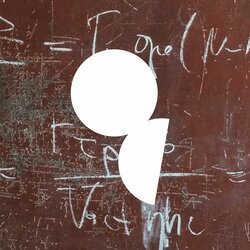Is it true that in quantum field theory, particles are a phenomenon and waves are the essence of matter?
For the most part, the question is about the philosophical concepts of "essence" and "phenomenon" in the physical interpretation, but no less important is the physical component that describes the correctness of the question statement.

Most likely incorrect. Dualism in KTP is not going anywhere, and such a division looks strange. There is something for which it is necessary to involve more than one model, but it is impossible to exclude any one, because the theory in a stripped-down form ceases to work. Wave-particle dualism is a puzzle until you get used to it.
Modern physics cannot yet answer these questions accurately.
About the particles. In string theory, there are calculations that show that particles can be bunches of energy from vibrating strings. To call it a phenomenon or essence of matter is a matter of terminology.
About the waves. There is no precise interpretation of the wave function. There are many hypotheses, most of which cannot be tested in practice. If the Copenhagen interpretation is correct, then we will never know the answer. If de Broglie's pilot wave hypothesis, of which I am a proponent, turns out to be true, then yes, waves are the essence of matter.
Dear colleagues! Competition in memorizing textbooks makes it difficult to understand the essence of the problem. The dual, curpuscular-wave nature of Matter particles (as well as the geochemical properties of elements in phase transitions) is manifested depending on the parameters of the medium and the type of reactions in which they participate. A classic of philosophy said: “there is not a single phenomenon in Nature or Society that does not turn into its opposite, when the corresponding external conditions are created.”
Particles are really a phenomenon, registered and proven a priori. Waves are not necessarily the essence of matter… Using the wave function and mat. calculations explain the material position of particles and their behavior under certain conditions (for example, heating, cold, ultraviolet light, chemical reactions, etc.)….